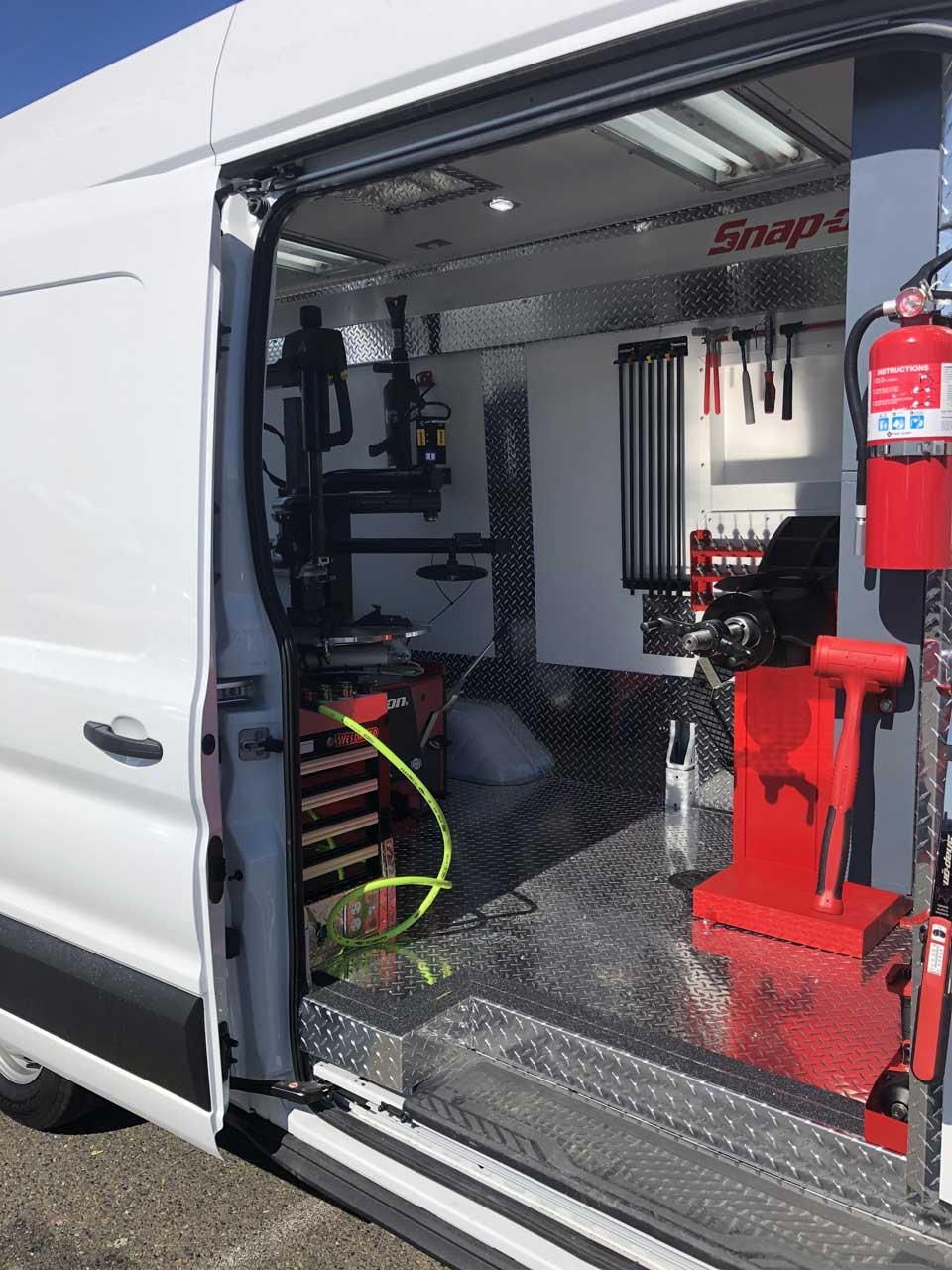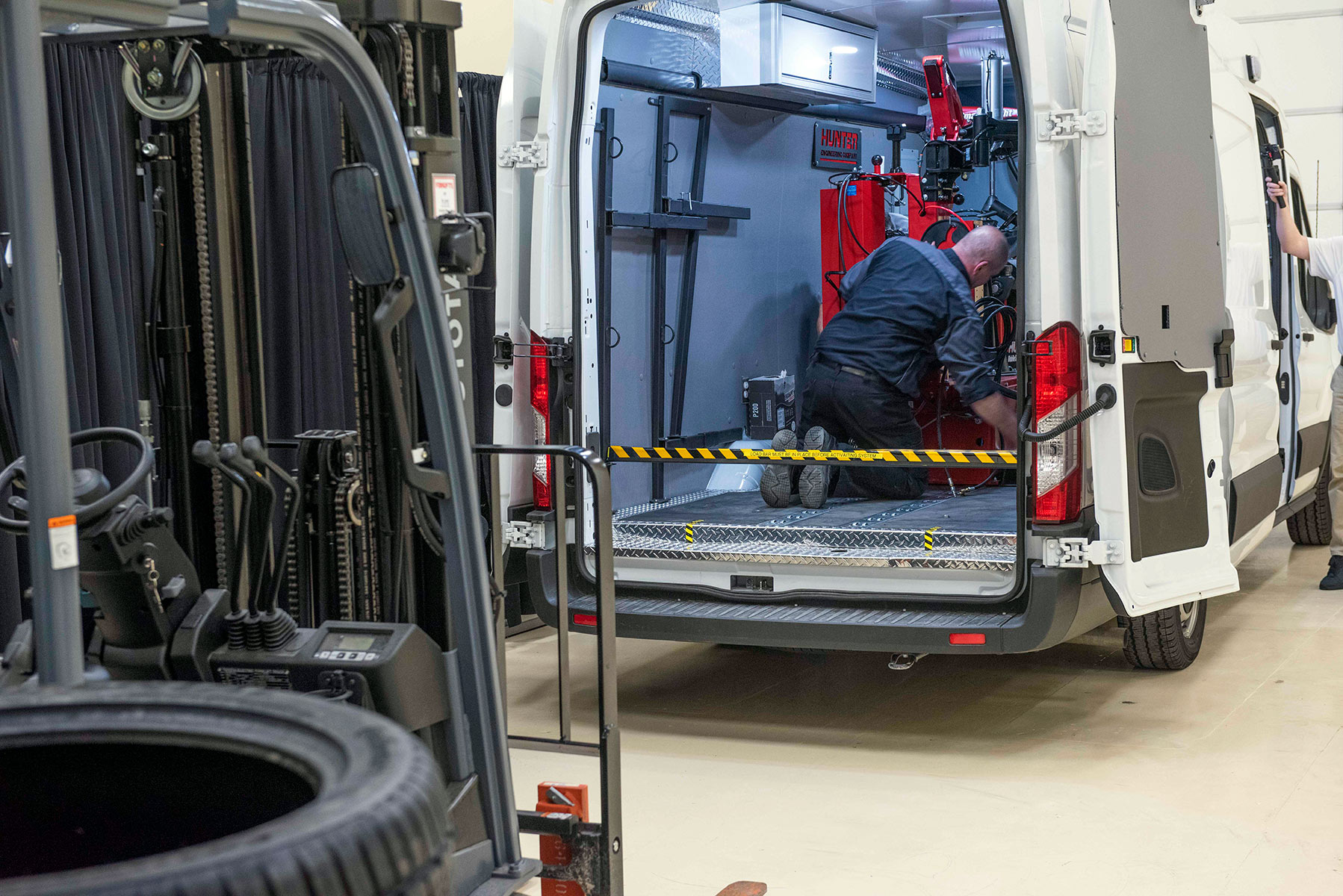Tire Solution: Proven Techniques for Optimal Tire Maintenance and Treatment
Preserving optimum tire problem is extremely important for both security and efficiency of any kind of vehicle. From ensuring appropriate tire pressure to regular turning and alignment, there are tried and tested methods that can dramatically extend the life expectancy of your tires and enhance total driving experience. As we explore the ins and outs of tire treatment and upkeep, we will reveal necessary standards that every car owner should comply with for the finest possible outcomes. Allow's delve into the globe of tire solution and discover the secrets to maintaining your tires in top-notch shape for the lengthy haul.
Value of Tire Pressure
Correct tire stress is a vital variable in ensuring optimal lorry efficiency and safety when traveling. Preserving the recommended tire stress levels provided by the maker uses numerous benefits. Adequate tire stress promotes much better fuel effectiveness, as under-inflated tires can lead to raised rolling resistance, creating the engine to work more challenging and consume even more gas. Correct tire stress ensures even walk wear, boosting tire longevity and saving cash in the lengthy run by postponing the demand for premature replacements. In addition, correctly pumped up tires contribute to boosted handling and braking capacities, vital for safe driving in numerous roadway problems. Over-inflated tires, on the other hand, can cause reduced grip and a harsher experience. On the other hand, under-inflated tires are susceptible to overheating, which can result in mishaps and blowouts. Regularly examining and changing tire stress, especially soon trips, is a simple yet reliable way to boost car efficiency, extend tire life-span, and focus on security on the road.
Tire Rotation Guidelines
When considering tire turning standards, it is vital to recognize the relevance of this upkeep task in maximizing tire life expectancy and maintaining optimum vehicle performance. Tire turning involves changing the position of each tire on a car to make certain also tread wear. Front tires often tend to use a lot more quickly than back tires due to guiding pressures, making routine turning vital for balanced wear patterns.

Benefits of Wheel Placement
Ensuring proper wheel positioning after tire turning is crucial for preserving balanced wear patterns and making best use of lorry efficiency. Furthermore, right wheel placement helps to prolong the life expectancy of your click here now tires. Misaligned wheels can cause unequal tire wear, leading to premature tire replacement and boosted maintenance expenses.

Tire Tread Depth Inspect
Executing a normal examination of tire tread deepness is vital for keeping secure driving conditions and lengthening the life expectancy of your tires. The step on your tires plays a vital role in supplying grip, particularly in wet or unsafe conditions. To check your tire walk depth, you can use a walk depth gauge or the cent test. The advised tread deepness goes to the very helpful site least 2/32 of an inch. It is time to change your tires to make sure optimum performance and security on the roadway if the walk deepness is listed below this limit. Irregular walk wear can show concerns with tire stress, suspension, or placement, highlighting the importance of routine walk deepness checks. Ignoring to monitor and keep proper step depth can result in minimized hold, longer stopping ranges, and a raised threat of hydroplaning. By incorporating tire tread deepness check out your regular maintenance schedule, you can drive with self-confidence understanding that your tires remain in leading condition.
Seasonal Tire Inspection
Seasonal tire assessment is an essential aspect of tire maintenance that guarantees tires are all set to deal with the difficulties positioned by different weather conditions. In preparation for winter, it is essential to check the website here tire pressure regularly as cool temperatures can trigger tire stress to go down. By conducting routine seasonal tire examinations, chauffeurs can lengthen tire lifespan, improve gas effectiveness, and most notably, ensure a protected driving experience in differing climate conditions.
Final Thought
To conclude, preserving proper tire stress, revolving tires consistently, aligning wheels properly, keeping an eye on walk depth, and carrying out seasonal examinations are necessary techniques for ideal tire care. By following these shown techniques, chauffeurs can guarantee their tires last much longer, perform much better, and add to overall lorry security. It is necessary to focus on tire maintenance to stop accidents, boost gas efficiency, and extend the life-span of tires.
Appropriate tire stress promotes better gas efficiency, as under-inflated tires can lead to increased rolling resistance, triggering the engine to function more challenging and eat more fuel.When taking into consideration tire rotation standards, it is essential to comprehend the significance of this upkeep job in taking full advantage of tire lifespan and keeping optimum car performance. Seasonal tire inspection is a fundamental element of tire maintenance that ensures tires are all set to encounter the challenges posed by different climate problems. By carrying out routine seasonal tire evaluations, drivers can lengthen tire life-span, enhance gas performance, and most importantly, make sure a protected driving experience in varying climate conditions.
In verdict, keeping correct tire stress, revolving tires consistently, aligning wheels correctly, keeping track of walk deepness, and carrying out seasonal inspections are crucial practices for optimum tire treatment.